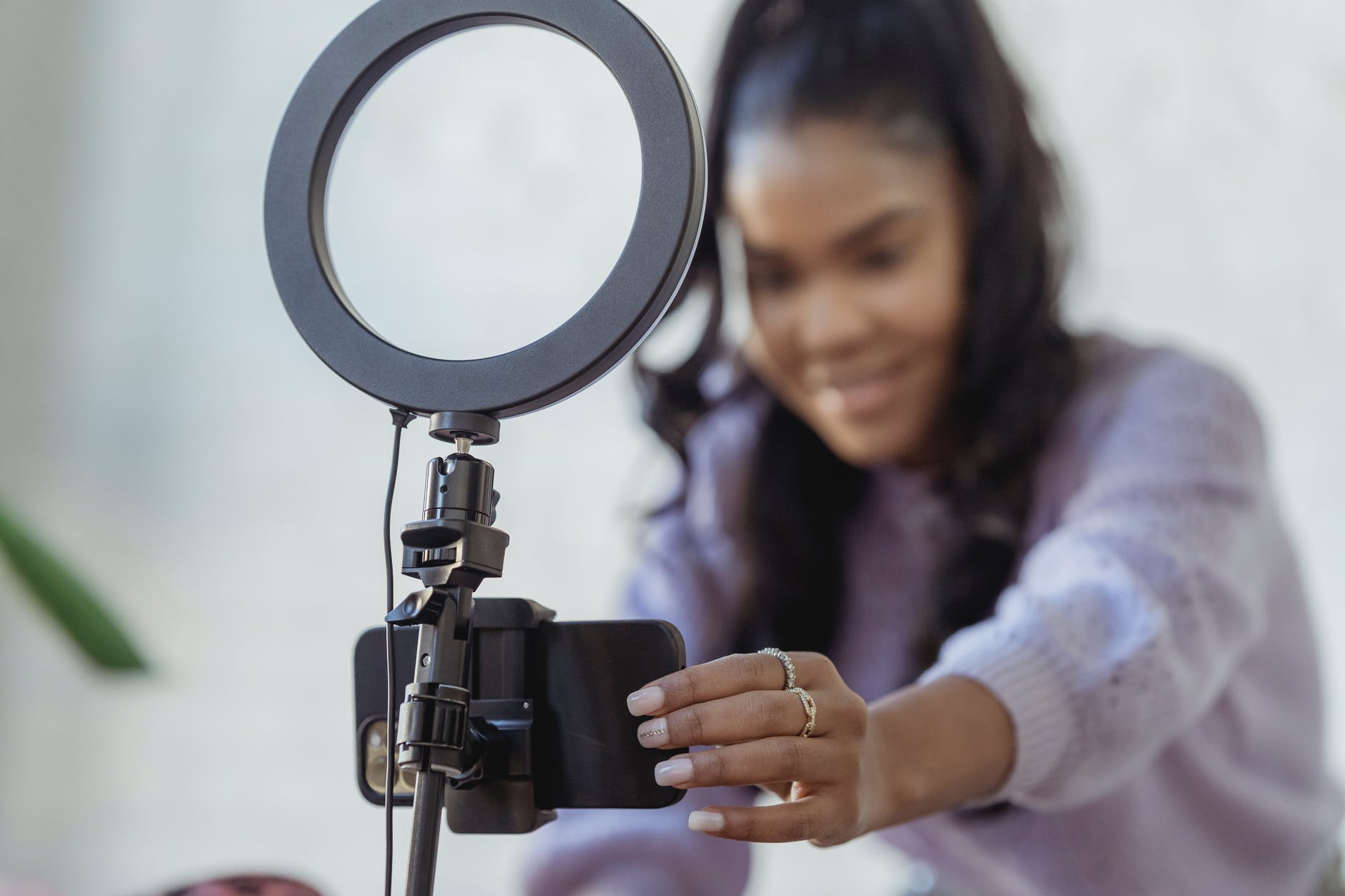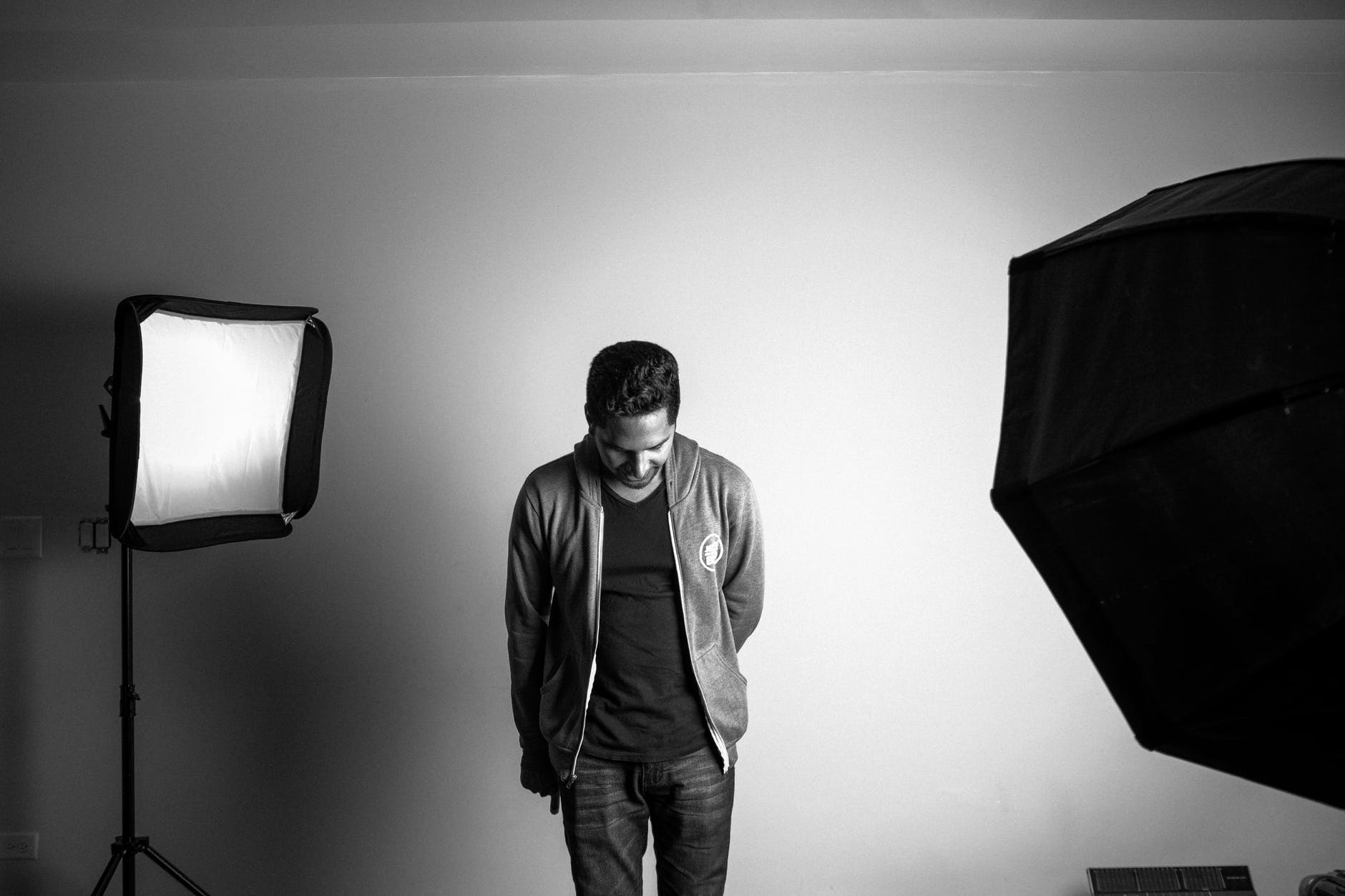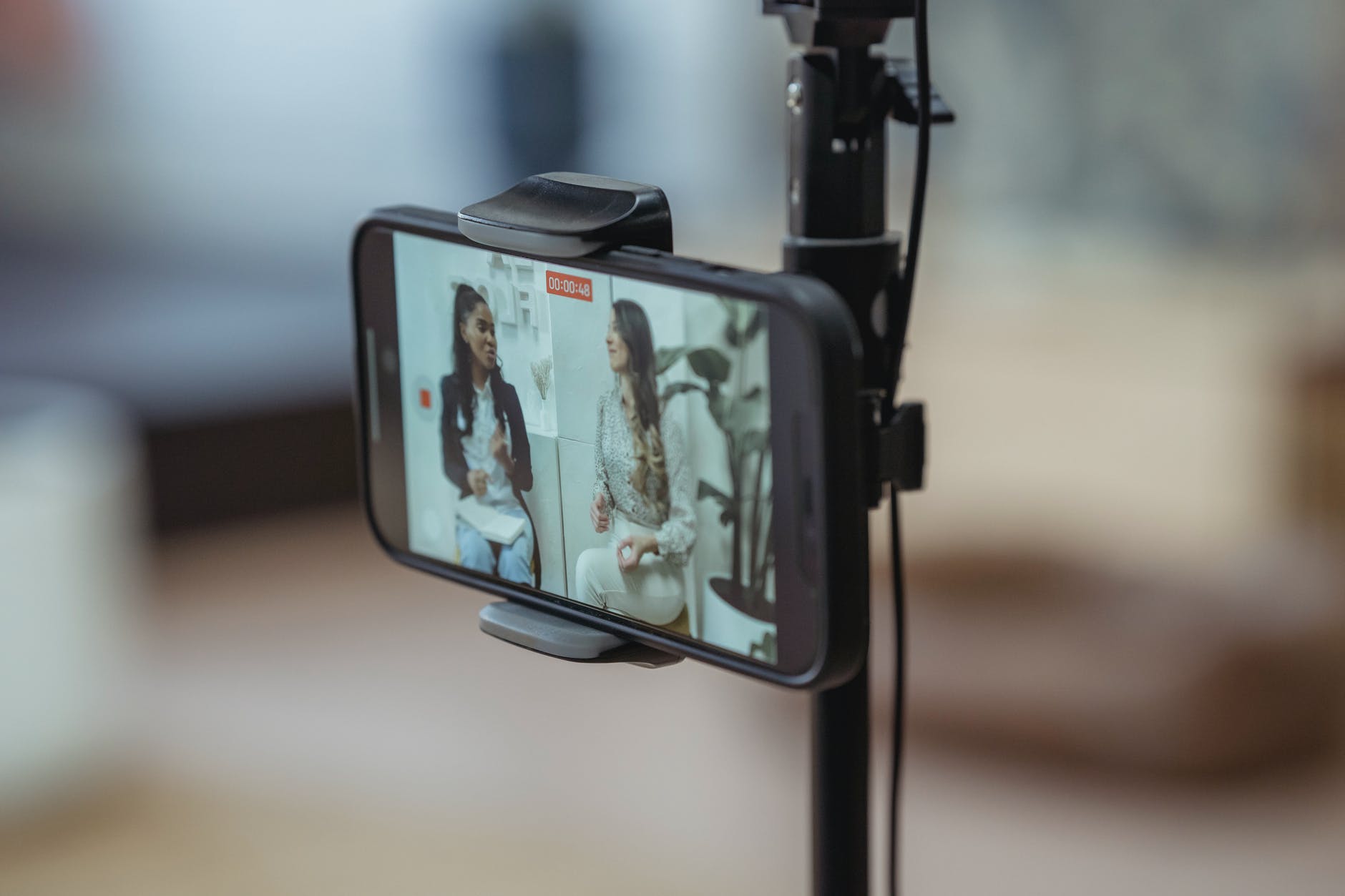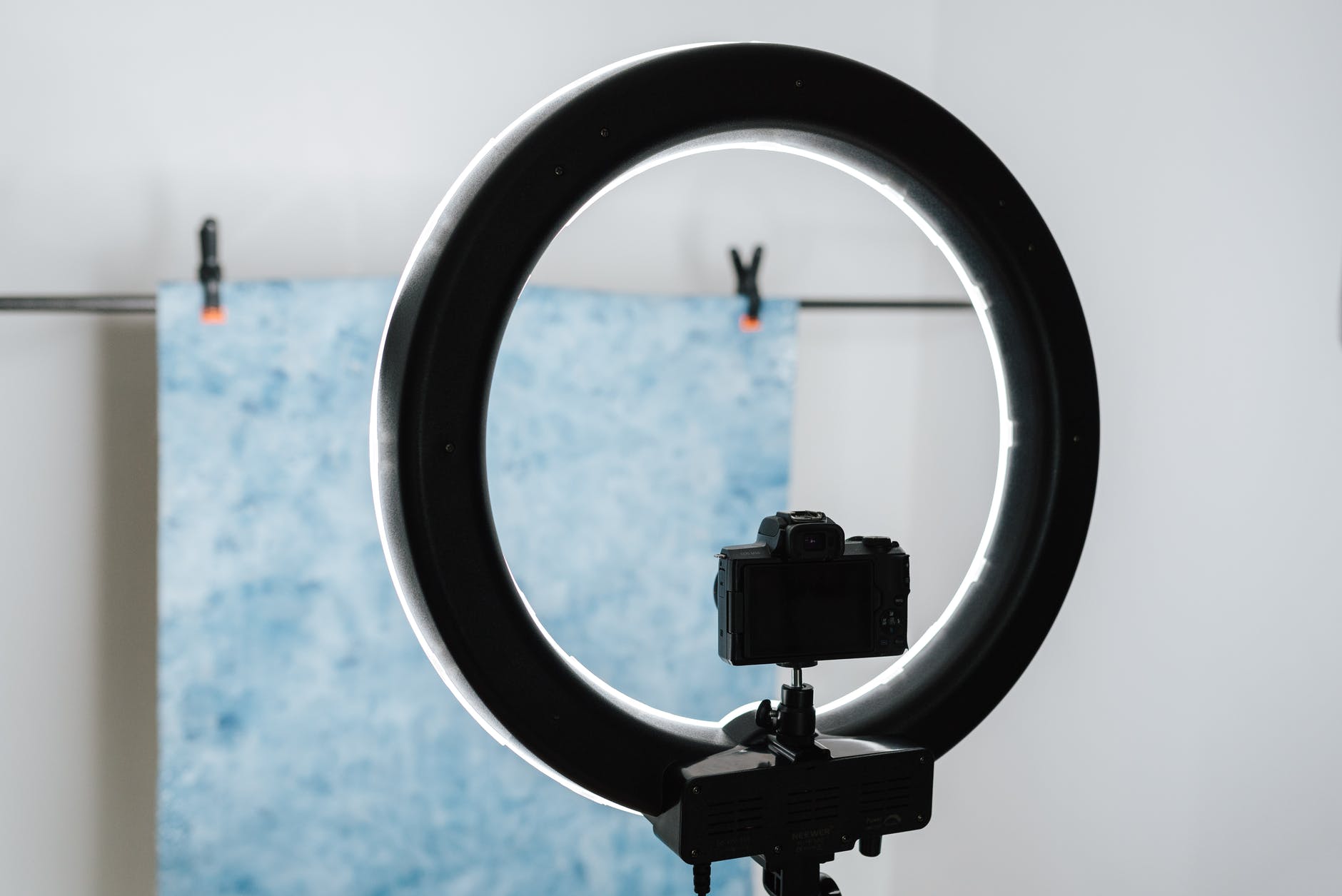The 5 Most Important Technical Aspects of a Self-Tape
Nail down the technical aspects of your self-tape so the viewer can concentrate on your acting
(by Jim Webb)
 (Photo: George Milton | Pexels)
(Photo: George Milton | Pexels)
Is your acting ability the most important aspect of your self-tape?
Before you answer “yes”, consider the fact that if you can’t be properly seen or heard on your self-tape, your acting ability may not matter at all. All the casting director will see is a barely audible actor moving about in near darkness. All they will hear is a bunch of jumbled up words that only sound vaguely similar to the sides that accompanied the breakdown.
So, then, a high-quality self-tape doesn’t begin with your ability to act. It begins with a great set-up that gives your acting ability a chance to shine.
A great self-tape set-up comes with 5 basic, technical ingredients:
1) Lighting
 (Photo: Luis Quintero | Pexels)
(Photo: Luis Quintero | Pexels)
If you haven’t invested in some type of lighting equipment, you’re truly missing the boat. Good lighting for your self-tape is almost as important as your acting, itself.
You don’t need to spend a lot of cash on lighting equipment. An inexpensive ring light works fine in most cases. Relying exclusively on natural light, which can be uncontrollable and unpredictable, is not the best idea.
2) Sound
Luckily, most cellphones have a good microphone and can be used for self-tapes. But why stop there. Why not invest in an inexpensive microphone that you can clip on to your shirt?
It will ensure that your self-tape is clearly heard by the casting director.
3) Shoot Horizontally
 (Photo: George Milton | Pexels)
(Photo: George Milton | Pexels)
Unless you’re told otherwise, you should always shoot horizontally. It’s the way movies are made and it’s what most casting directors expect.
4) Use a Tripod
If you’re propping up your camera using a makeshift camera-stand or worse, holding it in your hand, you’re setting yourself up for an unstable shoot.
Tripods are not very expensive. So, purchase one! It will ensure your camera stays stable and your tape is clear and crisp.
5) Use a backdrop
 (Photo: Anete Lusina | Pexels)
(Photo: Anete Lusina | Pexels)
Get a backdrop and use it! Make sure there’s nothing in the background to distract from your performance.
There’s no need to shell out a lot of cash. Hanging up a simple blue sheet will suffice, as long as it’s wrinkle-free and properly hanged.
Be properly seen, heard, and make sure your tape is clear. Nail down the technical aspects of your self-tape before you concentrate on acting, so that, in the end, the viewer can concentrate fully on your acting.
You Might Also Like:
The Self-Tape Checklist



